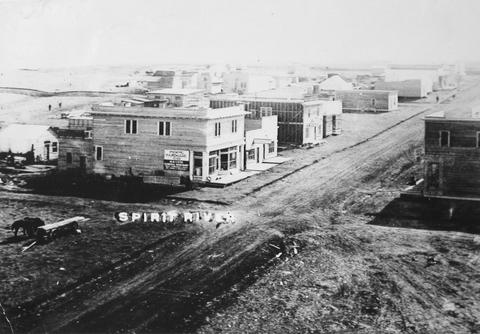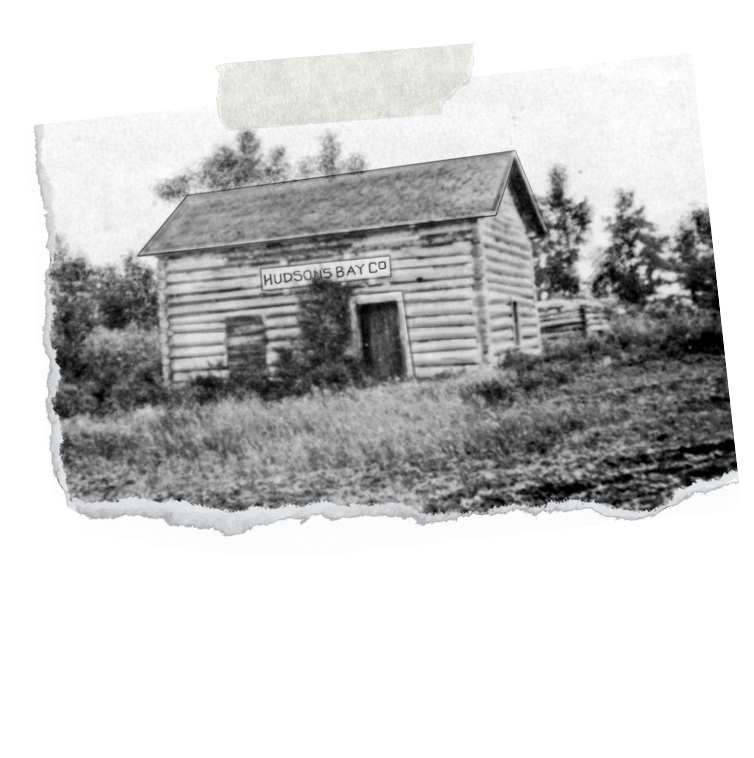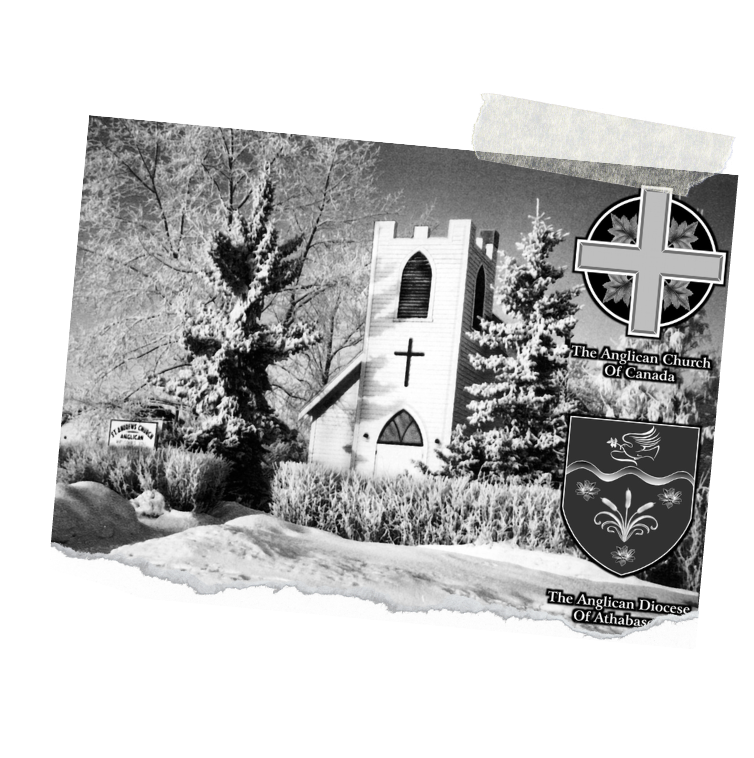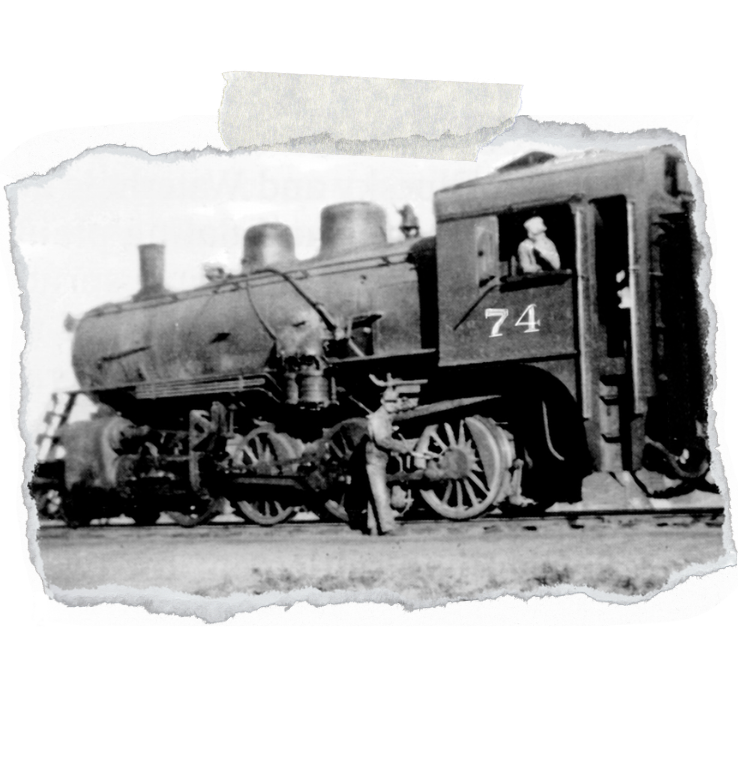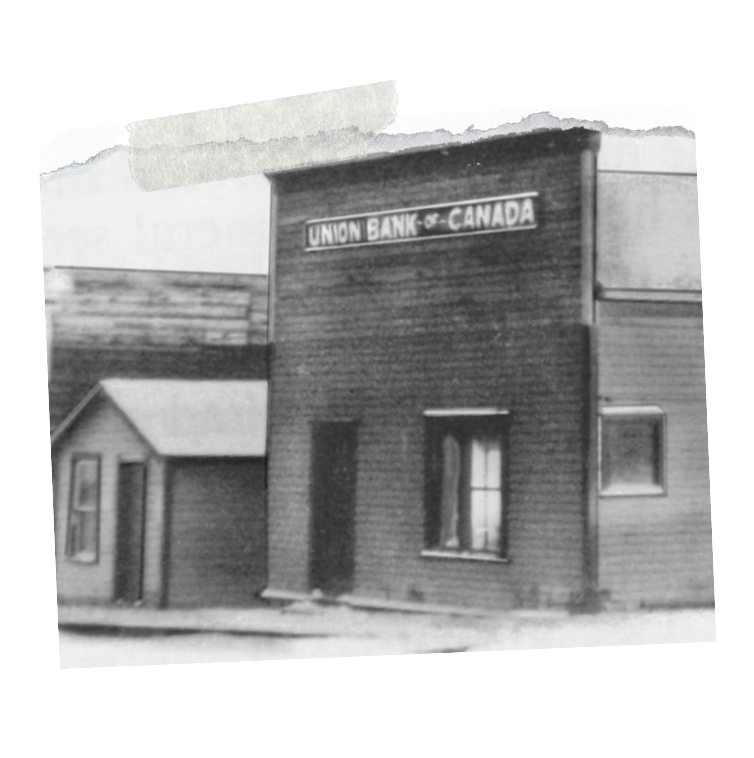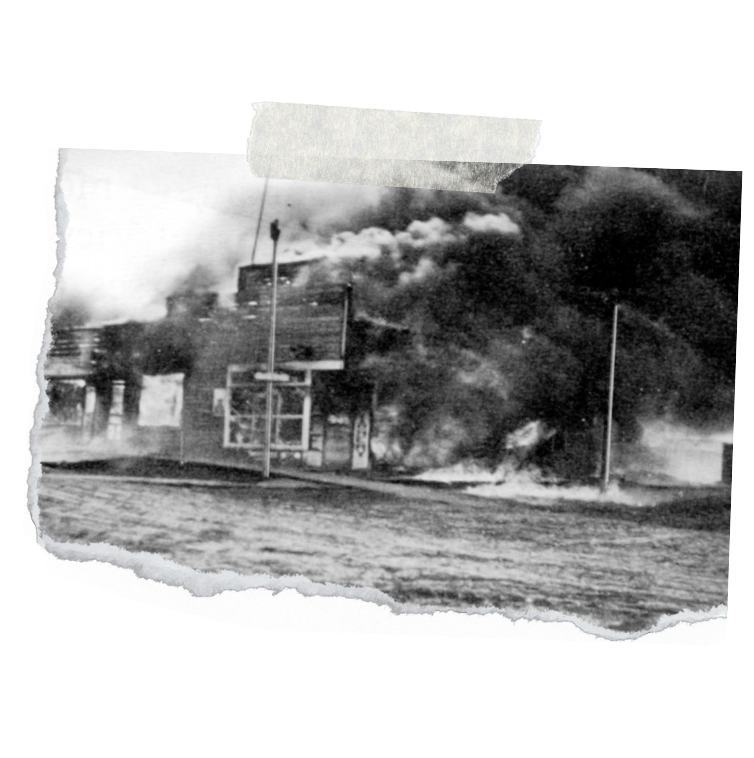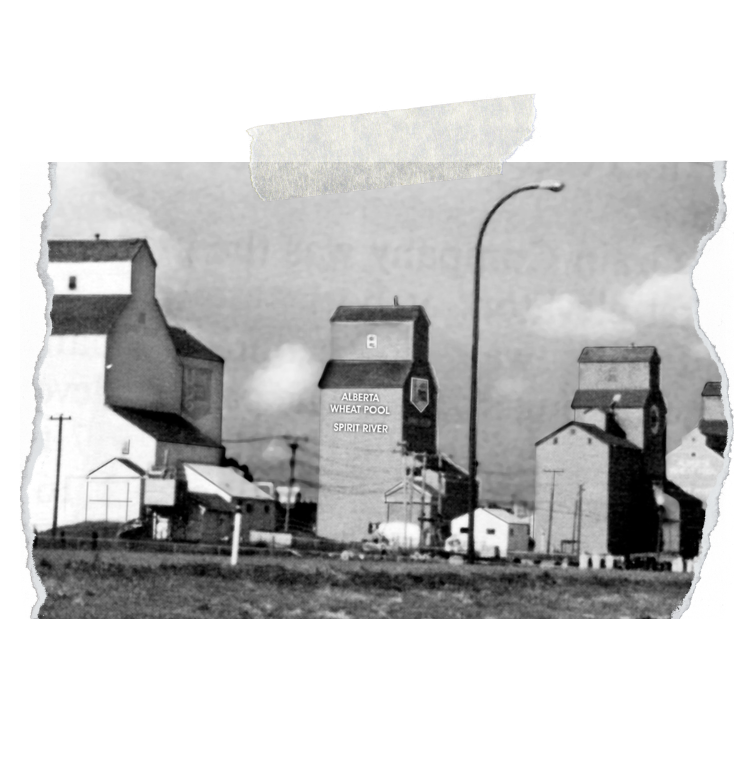Main Street Fire.
Main Street
Fire
1917 saw a serious fire when a blacksmith shop and hotel burned down.
On June 25, 1921 fire started in the general store and spread to consume businesses on both sides of the main street for two blocks.
A total of 21 businesses (3 hotels, 3 general stores, 2 hardware stores,
2 meat markets, 2 restaurants, barber shop, confectionary, harness/furniture store,
candy/toys/book store, notary public, * ? * implement dealerships, shoe repair shop
and one residence were destroyed.
All commercial outlets supplying the town went up in flames. Damages were pegged at about $300 000.00, a significant amount at that time.
